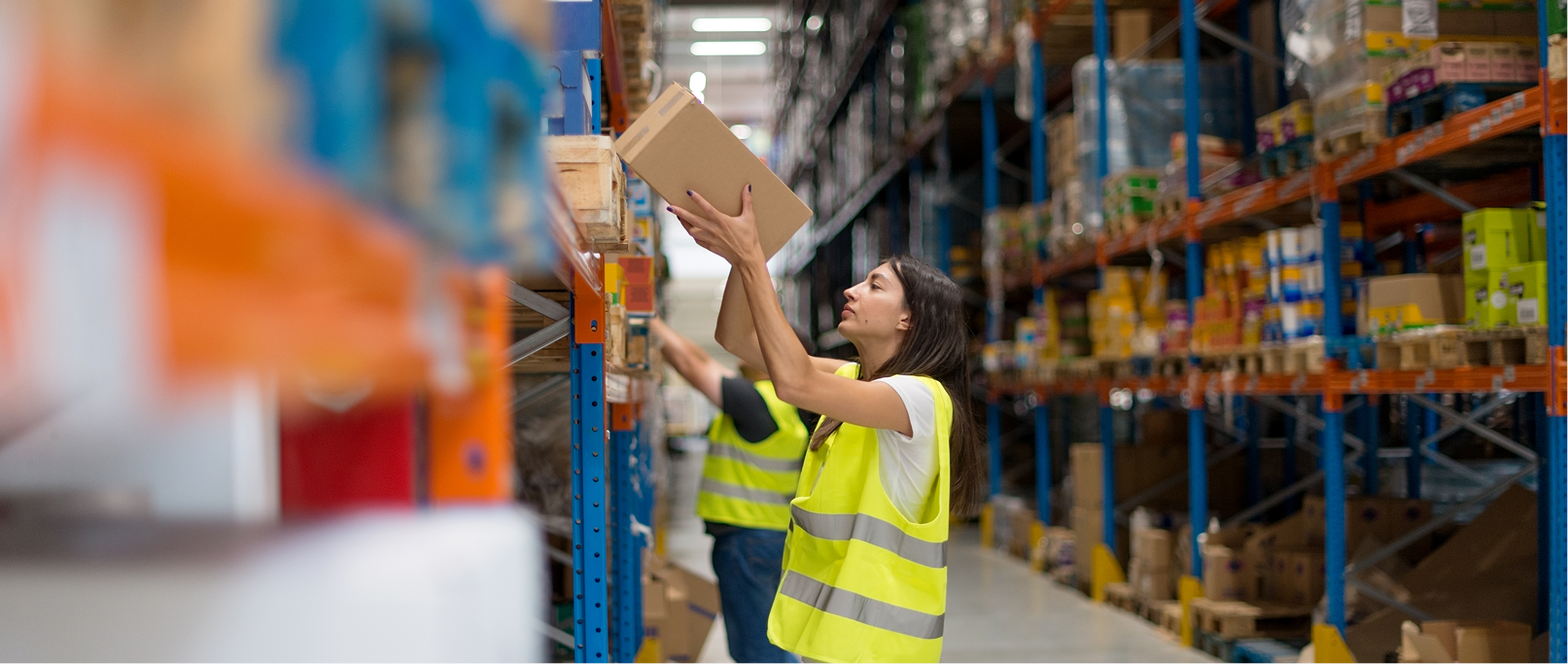Introduction: Understanding the Fulfillment Journey
Behind every successful eCommerce order lies a well-oiled machine called the order fulfillment workflow. From the moment a customer clicks “Buy Now” to the point their package arrives at the doorstep (and even beyond), every stage plays a vital role in delivering satisfaction.
From receiving goods to handling returns, the order fulfillment workflow involves several moving parts. In this guide, we’ll walk through the six core stages of the order fulfillment cycle, highlight best practices, and explore the biggest challenges and trends shaping fulfillment today.
1. Receiving Inventory
Everything starts when inventory arrives from your manufacturer or supplier. This critical step sets the tone for the rest of the fulfillment process.
Key tasks include:
- Inspecting deliveries for damage or discrepancies
- Verifying quantities and SKUs
- Logging inventory into your order fulfillment system
Accurate receiving ensures your stock levels are correct, minimizing errors down the line and enabling smoother order processing.
2. Storing and Managing Inventory
Once received, your inventory needs to be stored in a way that is organized, accessible, and optimized for speed and accuracy.
Order fulfillment best practices for inventory management include:
- Categorizing products using SKU-based systems
- Implementing real-time inventory tracking tools
- Using intelligent shelving strategies (e.g., ABC inventory classification)
Good inventory management is the backbone of your supply chain fulfillment process, reducing picking times and preventing costly stockouts.
3. Order Processing
Order processing is triggered the moment a customer places an order. This stage ensures the right items are prepared for delivery.
Steps in order processing include:
- Verifying the order and payment status
- Forwarding order details to the warehouse
- Generating packing slips and picking lists
Efficient order fulfillment operations depend on seamless communication between your sales platform and warehouse systems, and this stage can be automated for maximum accuracy.
4. Picking and Packing
This is where warehouse staff physically pick items from shelves and prepare them for shipment.
Key activities in this stage:
- Picking: Locating the correct items using barcodes or RFID
- Packing: Using the appropriate materials to protect items during transit
- Final check: Verifying order contents for accuracy
Speed and precision at this stage can drastically reduce returns and improve delivery times, impacting your overall order fulfillment KPIs.
5. Shipping and Delivery
After packing, it’s time to get the order out the door and into your customer’s hands.
This stage includes:
- Printing and attaching shipping labels
- Handing off to the right courier (local or international)
- Providing real-time tracking updates to customers
Choosing the right order fulfillment logistics partner ensures cost-effective, fast, and traceable deliveries across the UAE and beyond.
6. Returns Management and Customer Support
Even the best brands experience returns. How you handle them is part of delivering a complete customer experience.
Returns management best practices:
- Simple and transparent return policies
- Fast processing of refunds or exchanges
- Proactive customer service for support and issue resolution
A solid reverse logistics system is essential for maintaining trust and loyalty, especially in competitive eCommerce environments.
Order Fulfillment Challenges and How to Overcome Them
Even with a strong process, fulfillment comes with challenges:
- Inventory discrepancies due to poor stock tracking
- Delayed deliveries from courier bottlenecks
- High return rates caused by inaccurate product descriptions or poor packaging
- Manual workflows that slow down operations
To solve these issues, businesses are turning to order fulfillment software, data-driven planning, and 3PL partners that provide scalable, automated solutions.
Future Trends in Order Fulfillment
The future of fulfillment is fast, intelligent, and sustainable. Here's what’s on the horizon:
- Automation and robotics in warehouses to boost speed
- AI-driven demand forecasting to avoid overstocking and stockouts
- Eco-friendly packaging and carbon-neutral shipping to meet sustainability goals
- Omnichannel fulfillment systems for seamless integration across platforms
Keeping pace with these trends ensures your fulfillment strategy stays competitive and future-ready.
Conclusion: Optimize Your Fulfillment Strategy with eShipper UAE
From receiving your first batch of inventory to handling returns like a pro, every stage in the order fulfillment process matters. When done right, it can lower costs, delight customers, and drive long-term growth.
Looking to streamline your fulfillment in the UAE?
Partner with eShipper UAE for a complete, tech-powered solution tailored to your business.
Let’s simplify fulfillment — so you can focus on growth.
FAQ: Everything You Need to Know About Order Fulfillment
Order fulfillment is the process of receiving, processing, packing, shipping, and delivering customer orders. It’s critical to customer satisfaction and business growth.
The six steps are: receiving inventory, storing inventory, processing orders, shipping, handling returns, and managing customer service.
Poor inventory management can lead to stockouts, delayed shipments, and customer dissatisfaction. Accurate inventory ensures timely and efficient order processing.
Warehousing provides organized storage, enabling faster picking and packing. It also ensures inventory is protected and easily accessible.
Using barcode scanners, real-time inventory software, and quality control checks helps ensure order accuracy and reduce fulfillment errors.
Key technologies include warehouse management systems (WMS), automated picking robots, order management software, and integrated shipping platforms.
Cost reduction strategies include batch shipping, choosing optimal carriers, outsourcing to 3PLs, using zone skipping, and minimizing return rates.
Challenges include inventory errors, shipping delays, high return volumes, and limited visibility. These can be resolved with automation and better planning.




